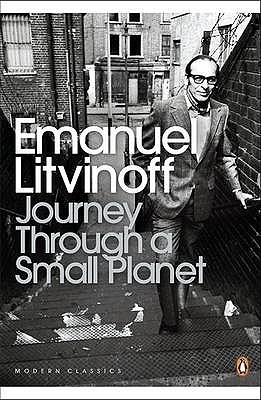What do you think?
Rate this book


138 pages, Paperback
First published January 1, 1972

Until I was sixteen I lived in the East London borough of Bethnal Green, in a small street that is now just a name on a map. Almost every house in it has gone and it exists, if at all, only in the pages of this book. It was a part of a district populated by persecuted Jews from the Russian empire and transformed into a crowded East European ghetto full of synagogues, backroom factories and little grocery stores reeking of pickled herring, garlic sausage and onion bread. The vitality compressed into that one square mile of overcrowded slums generated explosive tensions. We were all dreamers, each convinced it was his destiny to grow rich, or famous, or change the world into a marvellous place of freedom and justice. No wonder so many of us were haunted by bitterness, failure, despair (9).
I felt indescribably bereaved, a ghost haunting the irrecoverable past (10).
In as close a community as ours, each newcomer added a new complexity, changing us all a little and sometimes even influencing the whole pattern of our fate. For Mendel Shaffer, the arrival of Kramer's sister, Freda, was momentous (52).
A further disagreeable surprise awaited. The Welfare Officer chose to deliver me to my new lodgings in person. Even blindfolded, I'd have known where we were by the smell of the different streets -- reek of rotten fruit: Spitalfields; scent of tobacco warehouses: Commercial Street; the suffocating airless stench of the Cambridge Picture Palace; Hanbury Street and the pungency of beer from Charrington's brewery. Then Brick Lane with half the women from our street jostling among the market stalls (115).